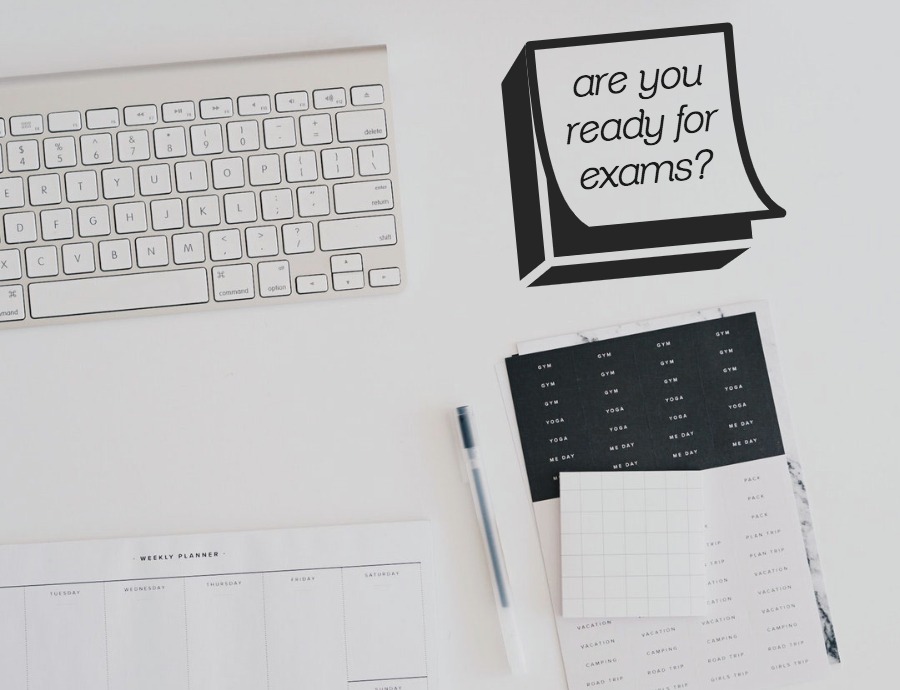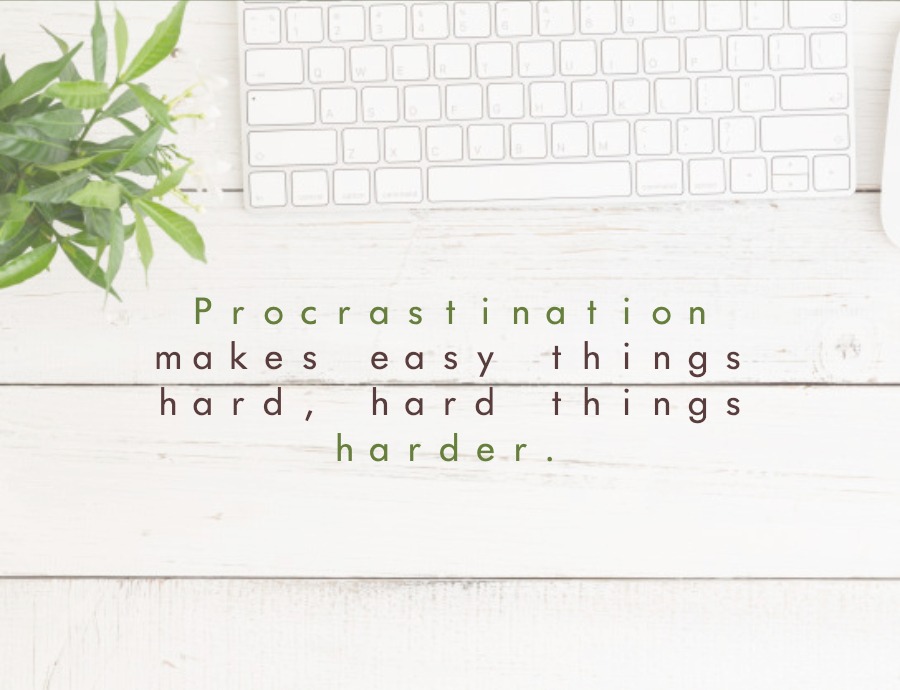Attention and focus tend to be fragile and easily lost, so you need to protect them at all costs. If you want to study hard and work intelligently, the first thing that you need to do is find the ideal place to study. It’s harder than it seems, at first: you need to be comfortable, but not too comfortable; you have to be removed from distractions, but not feel overwhelmed; you should be close to help, but friends shouldn’t be able to find you immediately to pull you away. Here are some tips to find the spaces that are right for you.
Make sure that you find many places where you feel safe and comfortable and are able to sit down and work intensely. Then make cycling between spots routine. This will help you move from task to task and the walk itself will help you reset and think more clearly. Another tip for smart studying is to check out Prep101.
- Avoid your room when possible. There are just too many distractions there, and there are too many distracting associations. Your computer, your phone, your social media all drain your time, attention and focus. If you live in residence, then you’ll have too many friends nearby, and just hearing other people socializing is enough to get you out of the studying frame of mind. Even if you’re not actively procrastinating, you’re more likely to think about those other activities, since you associate them with the location. Try to accomplish as much as you can out of your own space.
- Find many different locations. If you spend too much time in one single space, you might burn out on the location and not be able to work there any more (and waste a lot of time in the meantime). Additionally, if you have different spots that you cycle though, you won’t get too comfortable, lose focus and start to daydream.
- Locate hidden spots around your weekday classes and appointments. Find lots of different work spaces within walking distance of your classes, so that you can get work done between lectures. You’ll be able to work there intensely for relatively short periods to break up your studying day and to keep your mind working efficiently. The walk between study areas will also invigorate you.
- Figure out your ideal atmosphere and noise level. Look for the right level of quiet for you. Some students need the absolute quiet of libraries. Some students are more comfortable in coffee shops where there’s low-level noise and activity. Find the right balance for you.
- Monitor light and temperature. Look for spaces with at least some natural light and some fresh air, and check for hidden headache inducers such as too many fluorescents, too little light, too much brightness, etc. Monitor the temperature as well, as constantly putting on and taking off sweaters can be distracting.
- Limit distractions. Make sure that your study spaces are actually conducive to study. Often this means avoiding the general study area where you friends all work (because you’ll get distracted by seeing people you know, or just even knowing that they’re all there). Instead, find smaller, quieter areas where you can’t be found.
- Try to keep your study spots for study, only. Limit distracting associations. Otherwise, you might waste time thinking about or planning distractions or procrastination.
- Find far-away spots when you want to accomplish something particularly difficult or frustrating, or something that you’ve been putting off. If you need to finally finish a task that you’ve been avoiding, find an out of the way study spot out that’s not easy to get to. The novelty of the space might help you to focus, and the sheer embarrassment of going all that way and still coming home empty-handed will give you the impetus to get it done.
Make sure that you find many places where you feel safe and comfortable and are able to sit down and work intensely. Then make cycling between spots routine. This will help you move from task to task and the walk itself will help you reset and think more clearly. Another tip for smart studying is to check out Prep101.








